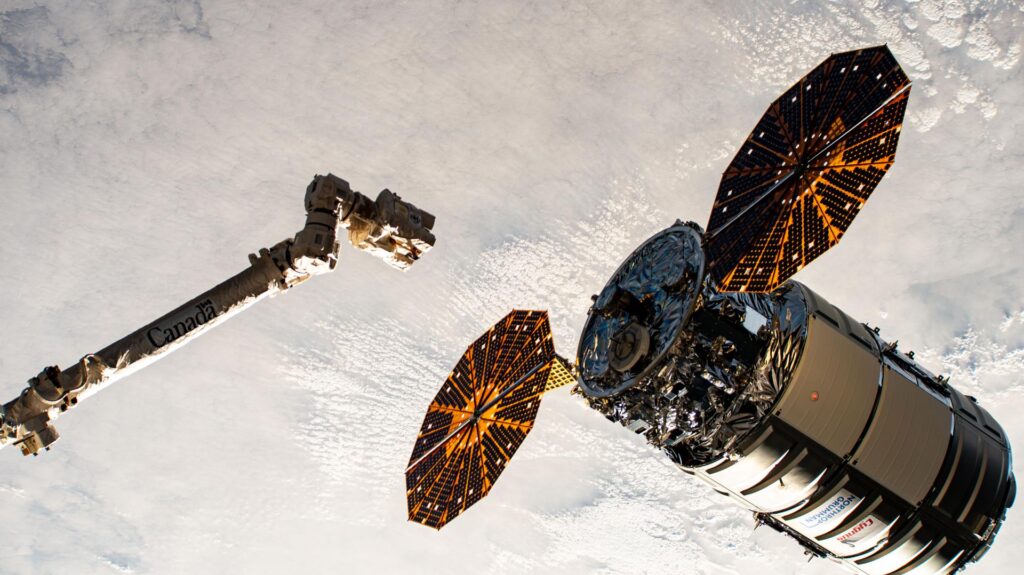
NASA, in collaboration with Northrop Grumman and SpaceX, is gearing up for a significant mission to the International Space Station (ISS), targeting a launch no earlier than 6:11 p.m. EDT on Sunday, September 14. This mission, designated as NASA’s Northrop Grumman Commercial Resupply Services 23 (CRS-23), aims to deliver essential science investigations, supplies, and equipment to the orbiting laboratory.
The mission will be broadcast live on NASA+, Amazon Prime, and other platforms, allowing audiences worldwide to witness the launch and subsequent arrival. This initiative is part of NASA’s broader effort to make its content accessible through various digital and social media channels.
Mission Details and Technological Advancements
The Northrop Grumman Cygnus XL spacecraft, loaded with over 11,000 pounds of supplies, will be launched aboard a SpaceX Falcon 9 rocket from Space Launch Complex 40 at Cape Canaveral Space Force Station in Florida. This mission marks the debut flight of the Cygnus XL, a larger and more cargo-capable version of Northrop Grumman’s solar-powered spacecraft.
Upon reaching its destination, astronauts aboard the ISS will utilize the Canadarm2 robotic arm to capture Cygnus XL on Wednesday, September 17. The spacecraft will then be installed onto the Unity module’s Earth-facing port, where its cargo will be unloaded.
Scientific and Technological Contributions
The Cygnus XL is not just a cargo vessel; it is a critical component in advancing space research and technology. Among the highlights of this mission are materials for producing semiconductor crystals in the microgravity environment of space, which could lead to breakthroughs in electronics manufacturing. Additionally, the mission will deliver equipment aimed at improving cryogenic fuel tanks, a vital technology for future deep-space missions.
Another significant delivery includes a specialized ultraviolet (UV) light system designed to prevent the growth of microbial communities in water systems aboard the ISS. This technology holds potential applications for maintaining clean water systems on Earth. Furthermore, the spacecraft will carry supplies to produce pharmaceutical crystals that could lead to new treatments for cancer and other diseases.
Historical Context and Future Implications
The announcement of this mission comes at a time when international collaboration in space exploration is more crucial than ever. The ISS serves as a symbol of peaceful cooperation among nations, and missions like CRS-23 underscore the importance of maintaining and expanding this partnership.
Historically, the ISS has been a hub for scientific research that benefits humanity, from medical advancements to environmental monitoring. The research facilitated by this mission could have long-lasting impacts, particularly in the fields of health and technology.
“The ability to conduct experiments in space provides us with insights that are simply not possible on Earth,” said Dr. Emily Carter, a leading astrophysicist. “The advancements we make today will pave the way for the innovations of tomorrow.”
Looking Ahead
As NASA, Northrop Grumman, and SpaceX prepare for this launch, the implications for future space exploration are profound. The success of the Cygnus XL could lead to more frequent and larger-scale resupply missions, enhancing the capabilities of the ISS and supporting more ambitious scientific endeavors.
Moreover, the technologies tested and developed through these missions could have significant applications on Earth, from improving industrial processes to developing new medical treatments.
With the launch just days away, the world watches with anticipation. The outcomes of this mission will not only contribute to our understanding of space but also to the betterment of life on our planet.







